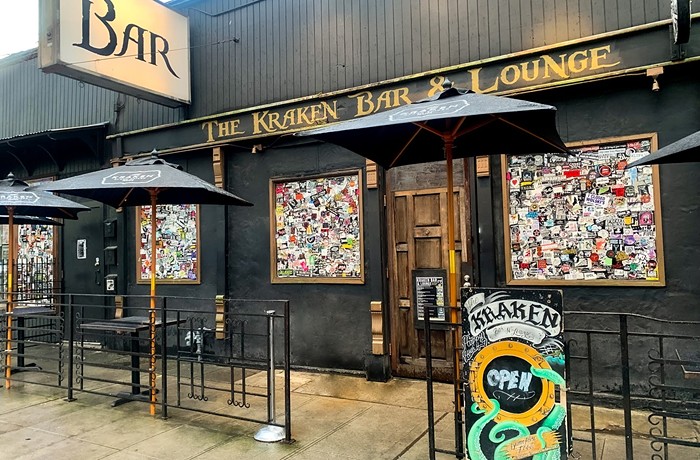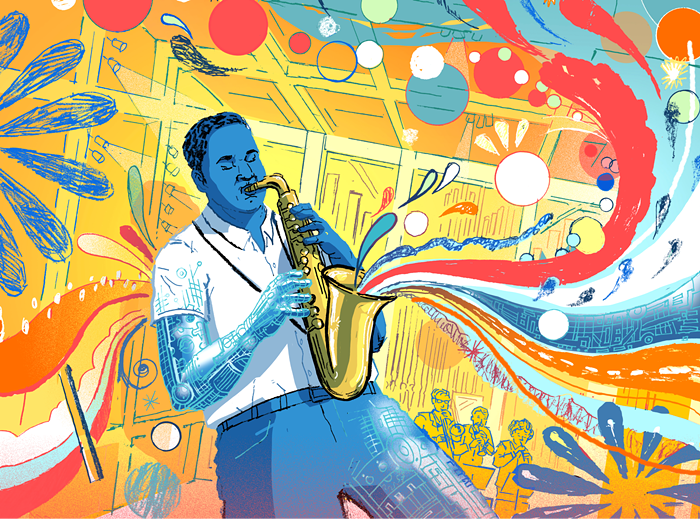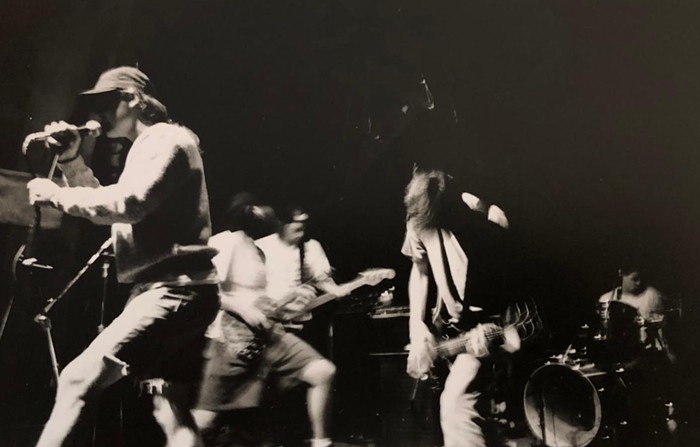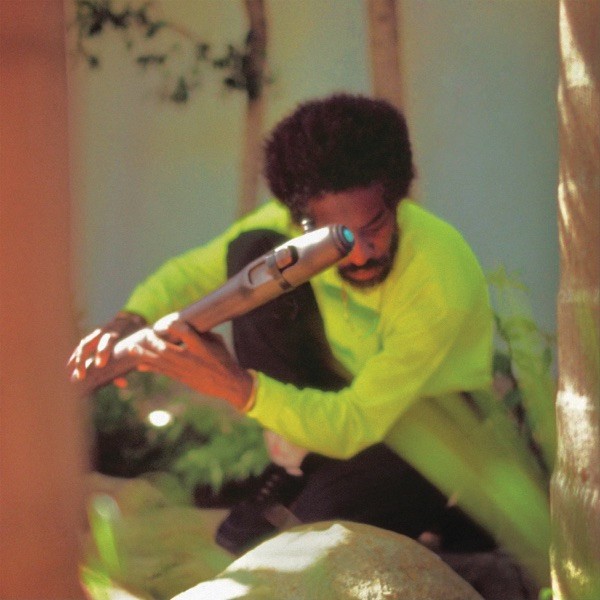Born and raised in Seattle, Specs One has been in the world of hiphop since that world was born, 1979. Indeed, it's almost impossible to find someone in this city whose life is more devoted to the production of hiphop art than that of Specs One. The energy he derives from food and sunlight is directly expended on the processes of recording beats and writing lyrics. As far as his memory can tell, he has made 10 full-length CDs under various names--Mic Makers, Balcony (slang for brain), and Clockwise.
Most of these CDs and cassettes, which were distributed by Specs One himself in the '80s and '90s, demonstrate an independent and profound hiphop imagination. Independent because what one heard in his voice and manner was an artist who had to make hiphop no matter what the circumstances were. With or without a recording contract, with or without a market, the CD was going to be completed, duplicated, and carried in his bag to shows, clubs, and parties around the city. Profound because Specs One's raps and beats are fashioned by a mind that contains a first-rate knowledge of the history of the music. Whenever you see Specs--tallish, thinish, with Moroccan brown skin--walking down the streets of the University District or Capitol Hill, you get the impression that he is thinking about some suddenly recalled rhyme made by some forgotten MC from some distant part of hiphop's past.
Specs One's latest CD, Return of the Artist, was released earlier this year by Abduction, the label run by the avant-garde trio Sun City Girls. For reasons that are not entirely mysterious, the members of Sun City Girls have admired the "insane number of limited-edition cassettes and CDRs" made and distributed from the backpack of the man they describe on their website as "The Holy Ghost of Northwest underground." And so when Specs One contacted Sun City Girls about a work in progress that had been dropped by a once-interested label in San Francisco, LOOK Records, they wasted no time picking up, packaging, and marketing what would become the best local hiphop CD of the year.
Comprised of 15 expertly crafted tracks, Return of the Artist was recorded over a three-month period in a studio belonging to Bean One (a local producer) with an MPC 2000 sampler and a TASCAM DA-38--an eight-track recorder. The CD is unified by an aesthetic that strives for a sound that is at once melodic and dusty. Specs One deliberately messes up clean samples, sends them through filters, and drains all the bright life out of them. If the sample is dirty, he preserves and loops its hisses and crackles.
The reason why he and almost all of the best underground producers pursue these dusty sound effects is because hiphop is, at root, all about vinyl--finding, collecting, rediscovering LPs from the all parts of our recording history. And it's not just simply a matter of sampling a song, but sampling the whole experience of listening to that song--woofing the age and wear of the actual 12-inch or single into the fabric of the beats. "You want people to know you got this record somewhere," Specs One told me recently, while we were walking down Pine Street on a cloudy Monday night. "It's not that you are pretending like you made this music. Someone else did that, and you want people to know that this record you bought at the store or found at a yard sale has scratches on it."
Return of the Artist, however, is Specs One's cleanest CD yet. It sounds as if it were made with relatively new equipment, which is certainly not the case with his earlier cassettes and CDs, like Moments and Numerology, which sound as if they were made with equipment that was unearthed by archeologists excavating a city that died a thousand years ago. When that dead city was alive and thriving, when its streets where filled all sorts of traffic, it looked very much like the city in which Specs One currently lives, Seattle, the ultimate subject of his art. As it is impossible to separate Specs One from hiphop, it is impossible to separate his music from the city in which it was made.
"I do a lot of walking," Specs One said to me, while we were walking toward an art party in Pioneer Square. "I'm always on foot, just kind of wandering, being nomadic. And by nature my art is always drawing from my atmosphere, my environment. I get scenery, pieces of conversations, ideas from strange buildings... I used to walk around late at night, at around 5:00 in the morning. But that was in the early '80s, and the reason for that was graffiti. I was bombing places around town in the early morning. It is the best time of the day because it's so quiet. You don't come across many people except a few drug addicts, or a group of taggers. And if it's a nice warm night and you are downtown, or in the CD, or Capitol Hill, it is really peaceful. The city is just there, all around me."



















